Nature is like a big, colorful painting made up of lots of different things. It’s full of trees, rivers, mountains, and animals. When we talk about nature, we use words that help us describe all these things. We might talk about flowers blooming, wind blowing, or water flowing in a small stream. Nature has its language, with words like “birdsong” for the sounds birds make. Whether it’s the soft rustle of leaves in the wind or the roar of a waterfall, these words help us understand and appreciate the beauty of the world around us.
List of Nature Vocabulary Words in English
In this article, you are going to learn all the vocabulary that you will need to talk about the natural world.
Nature Vocabulary with Description
- Flora – Plants and vegetation found in a specific area.
- Fauna – Animals and wildlife found in a specific area.
- Ecosystem – A community of living organisms and their environment interacting together.
- Biodiversity – The variety of life forms in a particular habitat or ecosystem.
- Habitat – The natural environment where a specific organism or species lives and grows.
- Biome – A large area with distinctive plant and animal groups adapted to its environment.
- Wilderness – An untouched, natural area with minimal human interference.
- Conservation – The preservation and careful management of natural resources and wildlife.
- Sustainability – Using resources in a way that meets current needs without compromising future generations.
- Wetland – A land area that is saturated with water, like swamps or marshes.
- Forest – A large area densely populated with trees and undergrowth.
- Meadow – An open area of grassland, often found in valleys or between hills.
- Tundra – A cold, treeless biome found in polar regions with permanently frozen subsoil.
- Desert – A dry, arid area with sparse vegetation, often characterized by dunes.
- Mountain – A large landform rising steeply above its surroundings, often with rocky terrain.
- River – A naturally flowing body of water that moves toward a larger body of water.
- Lake – A large body of water surrounded by land, usually freshwater.
- Ocean – The vast expanse of saltwater that covers most of Earth’s surface.
- Reef – A ridge of rock, coral, or sand just below or above the sea’s surface.
- Glacier – A slow-moving mass of ice formed from compacted snow over many years.
- Valley – A low area of land between hills or mountains, often with a river or stream running through it.
- Canyon – A deep, narrow valley with steep sides, usually formed by erosion.
- Plateau – A flat, elevated landform with steep sides, often found between mountain ranges.
- Marsh – A wetland area characterized by shallow water and emergent vegetation.
- Swamp – A wetland dominated by trees and shrubs, often flooded with standing water.
- Estuary – A semi-enclosed coastal body of water where freshwater from rivers meets salty seawater.
- Prairie – A large open area of grassland, typically found in North America.
- Savanna – A tropical grassland biome with scattered trees and shrubs.
- Rainforest is a dense forest with high annual rainfall and diverse vegetation in tropical regions.
- Deciduous – Trees or plants that shed their leaves annually.
- Coniferous – Trees or plants that bear cones and have needle-like leaves, typically evergreen.
- Alpine – Of high mountains, especially those above the tree line.
- Arid – A dry, desert-like environment with little rainfall.
- Coastal – Relating to the area where land meets the sea.
- Volcano – A mountain or hill with a vent through which lava, rock fragments, ash, and gases erupt.
- Crater – A bowl-shaped depression formed by the impact of a meteorite or by volcanic activity.
- Geyser – A hot spring that periodically erupts, sending jets of water and steam into the air.
- Waterfall – A cascade of water flowing over a cliff or rocks.
- Stream – A small, narrow river or brook.
- Pond – A small body of still water, often shallow and surrounded by land.
- Delta – A triangular area of sediment deposited at the mouth of a river.
- Dune – A mound or ridge of sand formed by the wind, often found in deserts or along coastlines.
- Cavern – A large underground chamber or cave, typically formed by erosion.
- Fossil – The preserved remains or impressions of ancient organisms, often found in sedimentary rock.
- Rock formation – A natural occurrence of solid rock that is visibly distinct from its surroundings.
- Avalanche – A rapid flow of snow down a steep slope.
- Monsoon – A seasonal wind in South and Southeast Asia, often associated with heavy rainfall.
- Typhoon – A tropical cyclone occurring in the western Pacific or Indian oceans.
- Cyclone – A system of winds rotating inward and upward around a low-pressure center, typically causing stormy weather.
- Hurricane – A tropical cyclone with sustained winds of at least 74 miles per hour, typically forming over warm ocean waters.
You May Also Like to Read

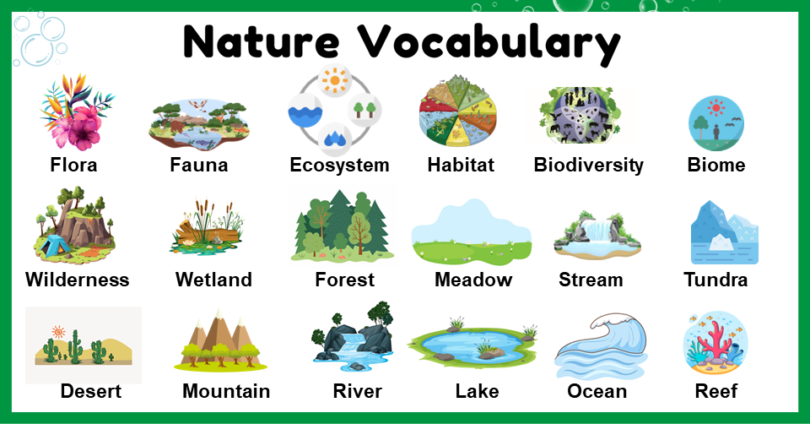




























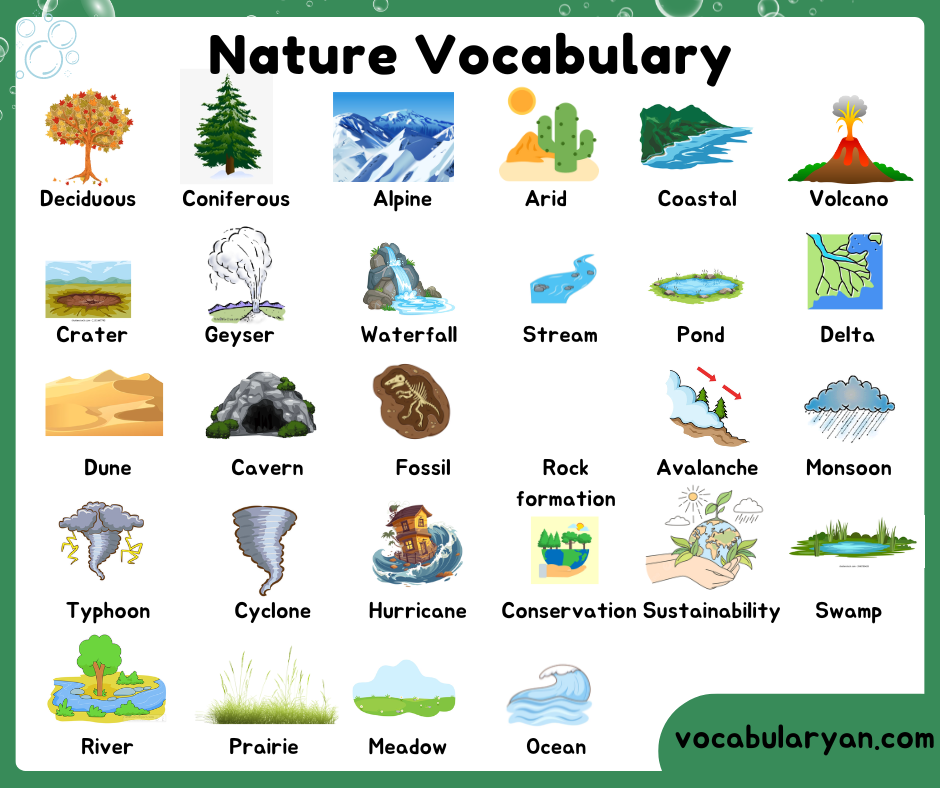
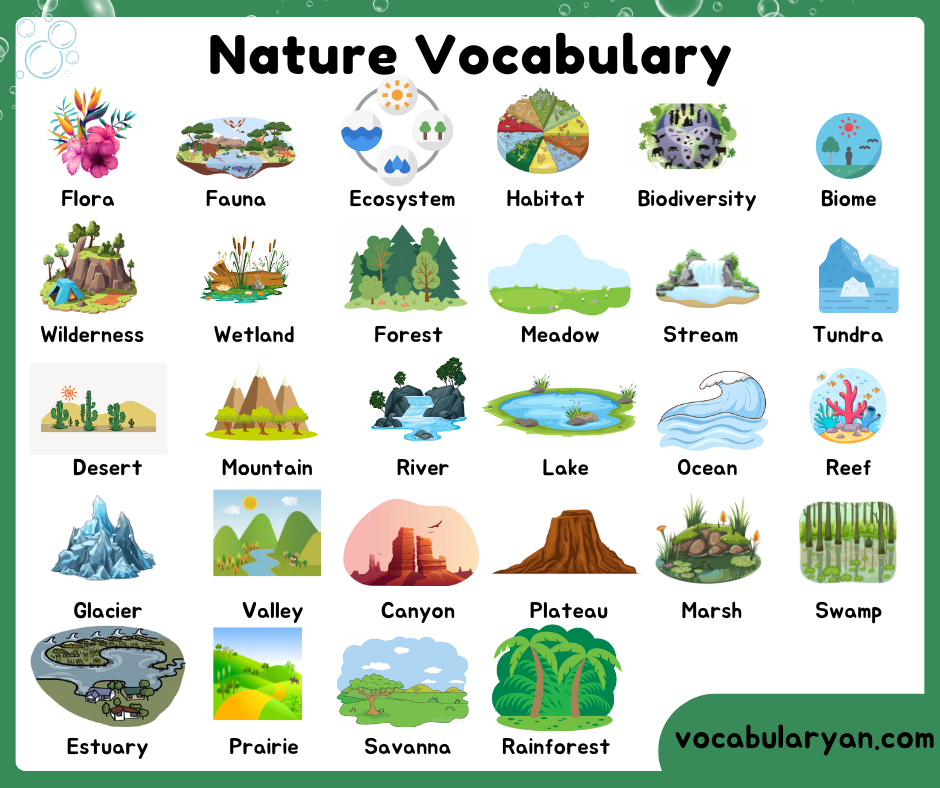

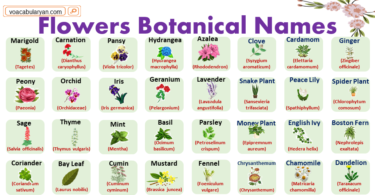
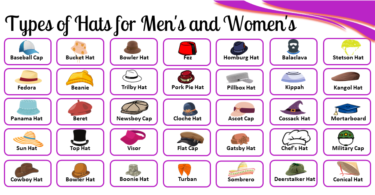
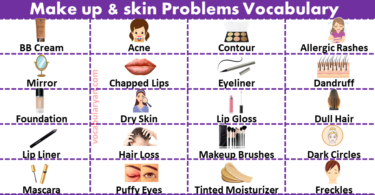
Leave a Comment